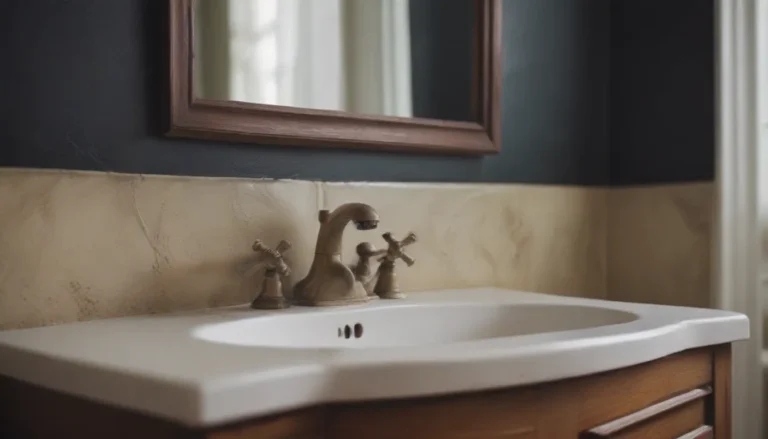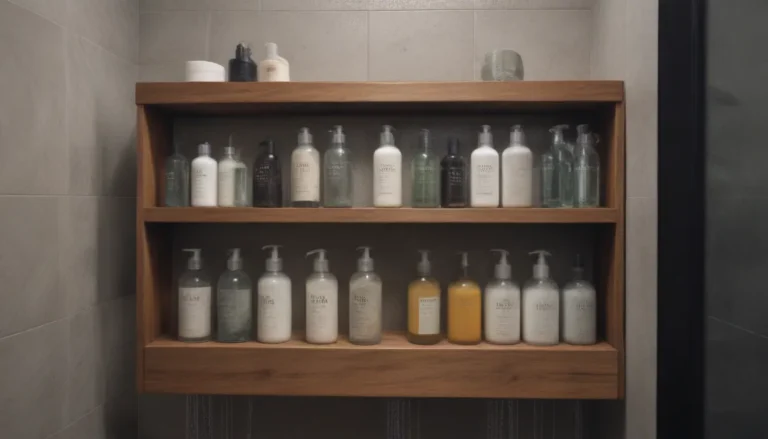Termites vs. Ants: Spotting the Distinctions
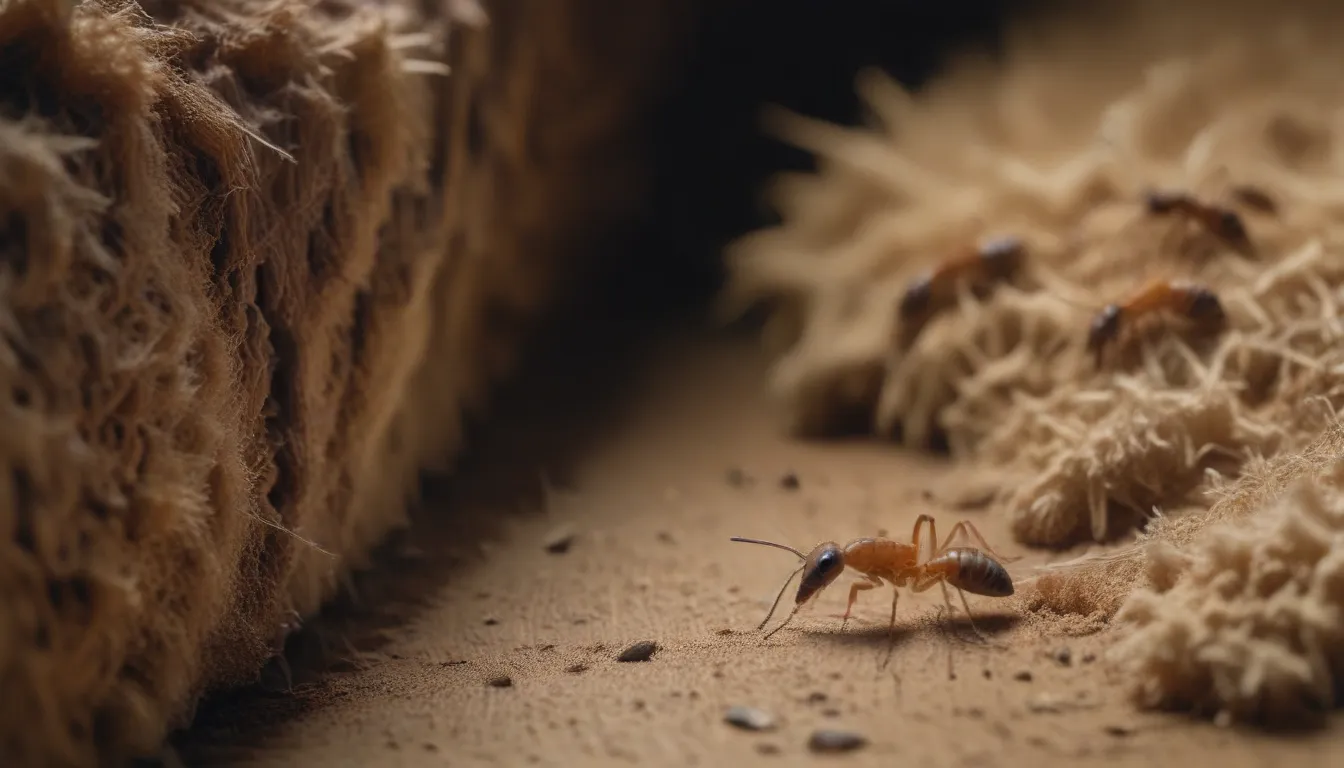
Termites and ants are two of the most common insects you might encounter in your home or yard. While they may look similar at first glance, there are several key differences between these two types of insects. In this guide, we’ll explore the distinctions between termites and ants, helping you identify which type of insect you’re dealing with and how to address any potential issues.
Physical Characteristics
One of the most apparent differences between termites and ants is their physical appearance. Let’s take a closer look at some key features that set them apart:
| Feature | Termites | Ants |
|---|---|---|
| Body Shape | Straight, cylindrical body with a uniform width from head to tail | Distinctly segmented body, with a narrow waist connecting thorax and abdomen |
| Antennae | Straight, beaded antennae that resemble a string of pearls | Elbowed antennae that bend at a 90-degree angle |
| Wings | Reproductive termites (alates) have four equal-sized wings that are twice as long as their body | Reproductive ants (alates) have two pairs of wings, with the front wings being larger than the hind wings |
| Color | Typically pale or creamy white in color | Can vary in color, ranging from black, brown, or red to yellow or even metallic hues |
By observing these physical characteristics, you can begin to differentiate between termites and ants. However, it’s important to note that there are many species within each group, and some may deviate slightly from these general descriptions.
Behavioral Differences
In addition to their physical differences, termites and ants exhibit distinct behavioral patterns that can help you identify them more accurately.
Colony Structure
Both termites and ants live in colonies with a caste system, consisting of workers, soldiers, and reproductive individuals. However, ant colonies are typically larger and more complex than termite colonies. Ants have a more diverse range of castes, each with specific roles within the colony, such as foragers, nurses, and cleaners. Termite colonies, on the other hand, have a simpler structure with fewer specialized castes.
Nesting Habits
Termites and ants also differ in their nesting habits. Termites build their nests in wood, soil, or a combination of both, depending on the species. Subterranean termites, for example, construct extensive underground networks of tunnels and chambers, while drywood termites live entirely within wood structures.
Ants, on the other hand, build their nests in various locations, such as soil, wood, or even within the walls of buildings. Some species, like carpenter ants, excavate galleries in wood to create their nests, while others, such as pavement ants, build their colonies beneath sidewalks or driveways.
Feeding Preferences
One of the most significant behavioral differences between termites and ants lies in their feeding preferences. Termites are primarily known for their ability to feed on wood and other cellulose-based materials, such as paper and cardboard. They play a vital role in breaking down dead plant material in natural ecosystems, but in human-made structures, their feeding habits can cause significant damage.
Ants, in contrast, have a much more diverse diet. Depending on the species, ants may feed on a variety of food sources, including:
- Other insects and small animals
- Seeds and grains
- Nectar and honeydew from plants and aphids
- Human food scraps
- Fungi cultivated within their colonies
Some ants, like leafcutter ants, are known for their fascinating habit of harvesting leaves to cultivate fungus gardens within their nests, which serve as their primary food source.
Swarming Behavior
Both termites and ants undergo a process called “swarming” as part of their reproductive cycle. During this time, winged reproductive individuals (alates) emerge from the colony to mate and establish new colonies.
Termite swarmers typically emerge in large numbers during the spring or early summer, often after a period of rain. They are attracted to light sources and may be found around windows, doors, or light fixtures.
Ant swarmers, also known as “flying ants,” may emerge at various times throughout the year, depending on the species and environmental conditions. Like termite swarmers, they are attracted to light and may be found near windows or other light sources.
Identifying Termite and Ant Damage
While both termites and ants can cause damage to human structures, the nature of their damage differs due to their feeding habits and nesting behaviors.
Termite Damage
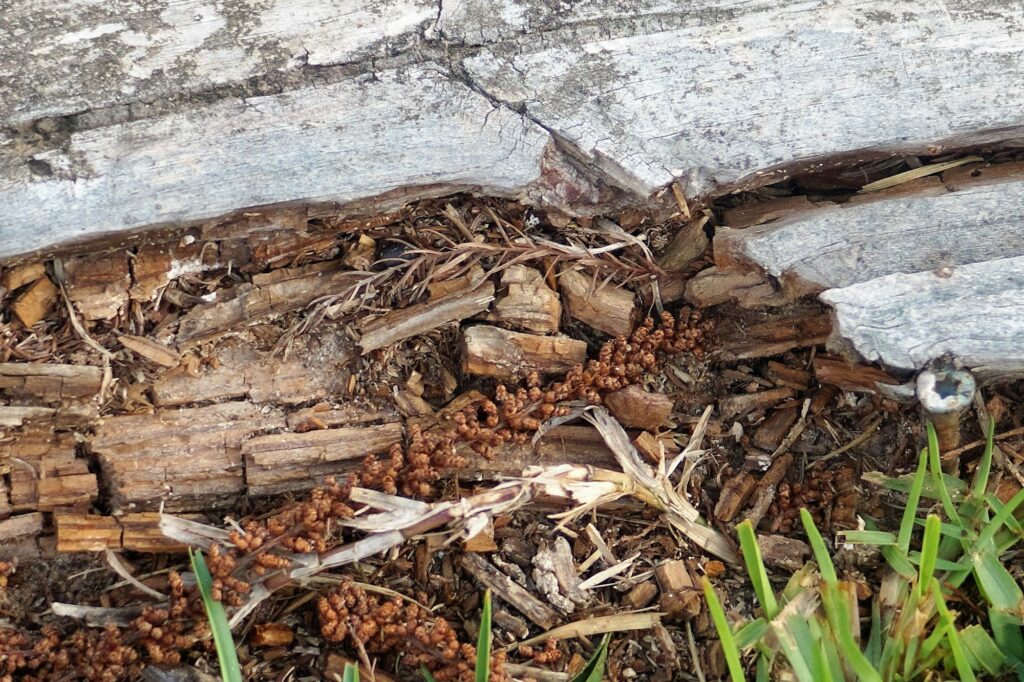
Termites feed on wood from the inside out, leaving behind a network of tunnels and galleries. Signs of termite damage include:
- Hollow-sounding wood when tapped
- Visible mud tubes on exterior walls or foundations
- Discarded wings near windows, doors, or other entry points
- Sagging floors or ceilings
- Cracks in walls or foundations
If left unchecked, termite damage can compromise the structural integrity of a building, leading to costly repairs.
Ant Damage
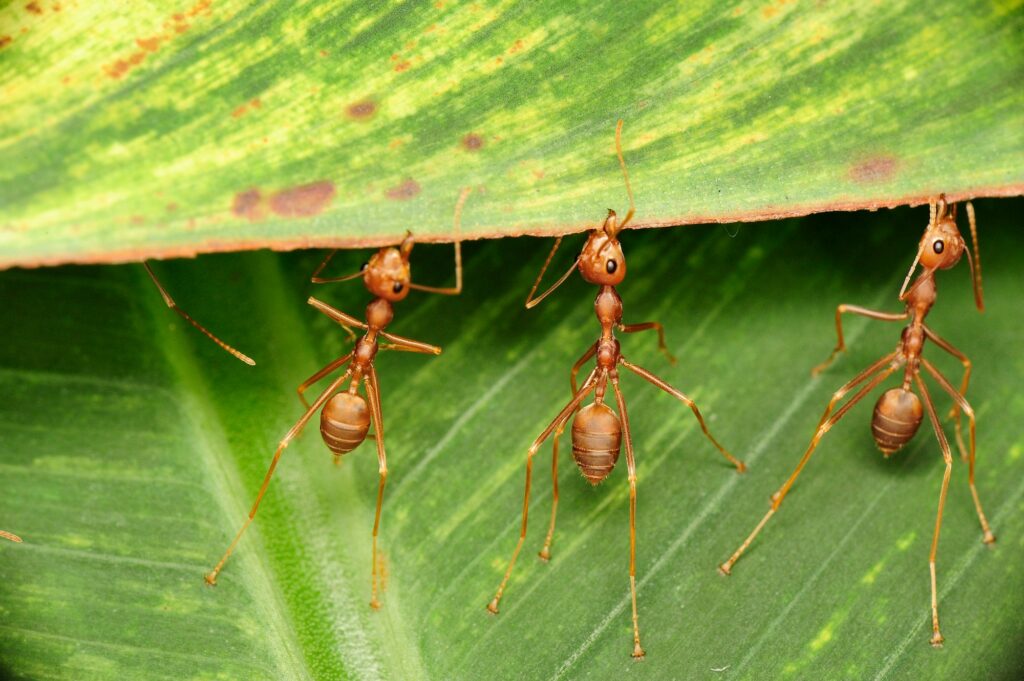
Most ant species do not cause significant damage to structures, but there are a few exceptions. Carpenter ants, for example, excavate galleries in wood to create their nests. While they do not eat the wood like termites, their tunneling can weaken wooden structures over time.
Other types of ant damage may include:
- Contamination of food sources
- Damage to outdoor plants and gardens
- Unsightly mounds in lawns or landscaping
- Electrical damage (in rare cases where ants nest in electrical equipment)
Prevention and Control Measures
If you suspect a termite or ant infestation in your home or property, it’s essential to take action promptly to minimize damage and prevent the problem from spreading.
Termite Prevention and Control
- Regularly inspect your property for signs of termite activity, such as mud tubes or discarded wings.
- Reduce moisture around the foundation of your home by fixing leaks and ensuring proper drainage.
- Keep wood and other cellulose materials away from direct contact with soil.
- Consider using termite-resistant building materials, such as pressure-treated wood or steel framing.
- If you discover an active termite infestation, contact a professional pest control company for treatment options, such as baiting systems or liquid treatments.
Ant Prevention and Control
- Seal cracks and openings around your home’s foundation, windows, and doors to prevent ants from entering.
- Keep your home clean and free of food debris, particularly in the kitchen and dining areas.
- Store food in airtight containers and regularly dispose of garbage.
- Trim back vegetation and trees that may provide a pathway for ants to enter your home.
- If you notice ant activity, try using baits or insecticides designed specifically for the species you have identified. In severe cases, professional pest control services may be necessary.
Conclusion
Understanding the differences between termites and ants is crucial for homeowners and property managers alike. By recognizing the distinct physical characteristics, behavioral patterns, and signs of damage associated with each type of insect, you can take proactive steps to prevent infestations and protect your home or business from potential harm.
Remember, while some ant species may be relatively harmless, termites pose a serious threat to the structural integrity of buildings. If you suspect a termite infestation, it’s essential to act quickly and seek professional assistance to minimize damage and ensure effective treatment.
By staying informed and vigilant, you can safeguard your property from the damaging effects of both termites and ants, maintaining a healthy and secure environment for years to come.


